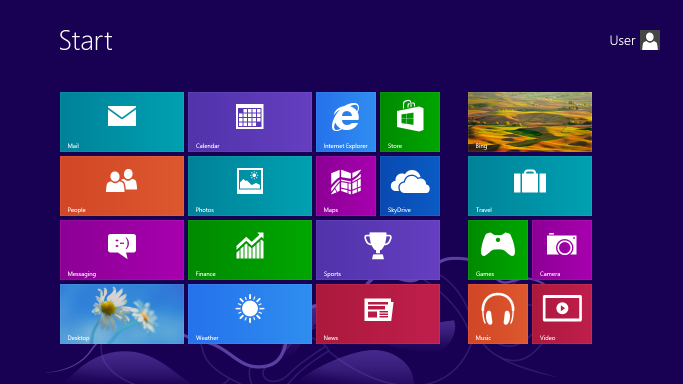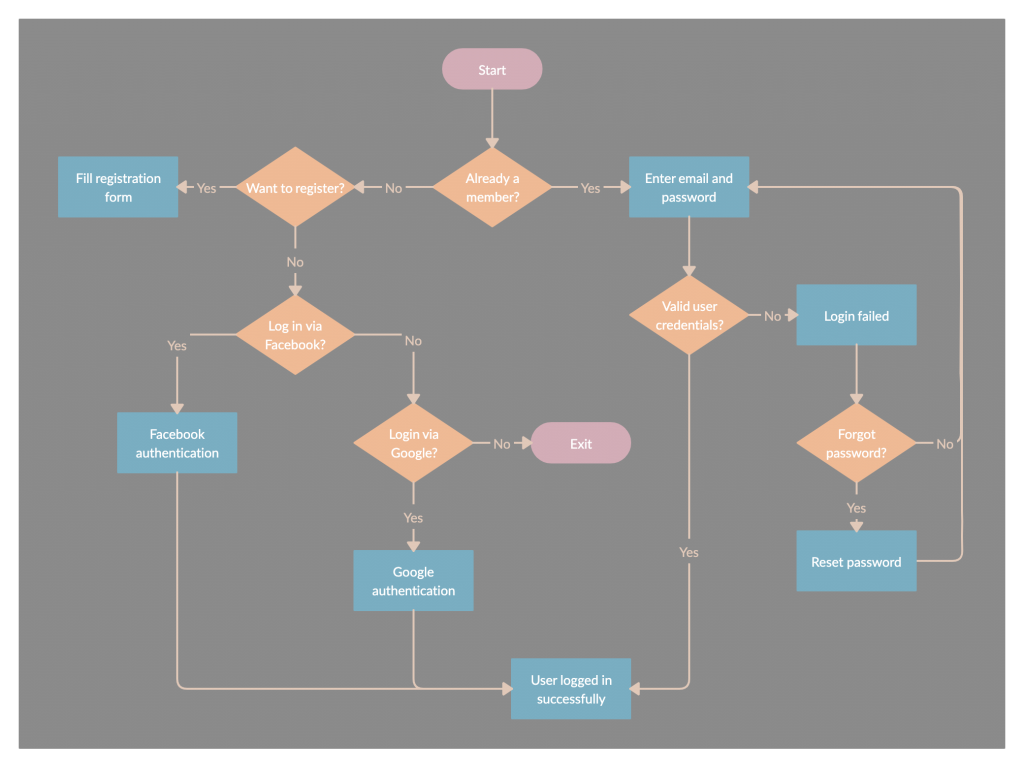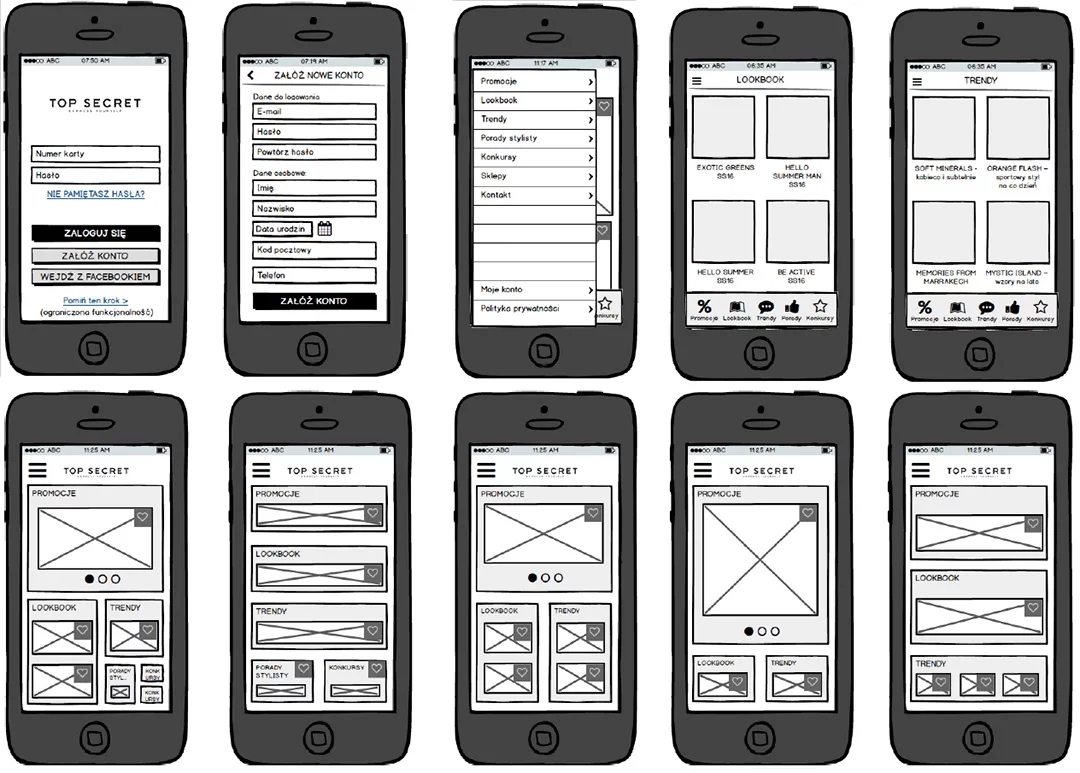Fall 2021 ︎︎︎ SUNY Purchase ︎︎︎ (DES3090) Interactive & Experience Design
Spiel: GUI History, Doors, and Users



Background
- More granular look through “practical” information (versus what we looked at last week).
- Your knowledge applies but with the axes of time, interactivity, and the “user”.

The “User”
- You’ve already had to consider your audience.
- You want to consider what they may have already experienced. Their abledness. Their psychological approach, and the technology they may or may not have.
- It is important (and okay) to make your concerns, there can also be dangers to trying to include “everyone” in an app like facebook.
- How do people talk about the door, how do they feel?
- Why is the door “bad”?
Discoverability
- How the object communicates its possible interactivity before you use it.
- We rely on a lot of information which we can use to help communicate what an object does.


- The legacy of “desktops” (folders, trash, etc) and their functionality.
- Xerox PARC continued the research we saw in some of the stuff we looked at last week (Douglas Englebart) and developed the GUI that became part of Windows and Apple’s more popular GUI models.
![]()
![]()
- labels (and how they speak to the user’s intelligence)
![]()
- Criticisms of minimal vs skeumorphic.
![]()
![]()

Feedback
- How the object communicates its interactivity as you use it.
- In a digital object you have the ability to use animation and sound as feedback.
- More animation or sound is not always better; responsiveness is important
![]()
![]()
Abledness
- Colorblindedness in Among Us
![]()
Tutorials
- Simpler (a door without a push or pull label) is not always equal to better.
- Consider your technological, temporal, and proficiency-based limitations
- Community is a factor
User Flow, the Journey



Allow for subjectivity & discovery
- There’s not always one answer
- Give yourself time to test with other people and iterate.
- A thought exercise:
![]()
![]()









